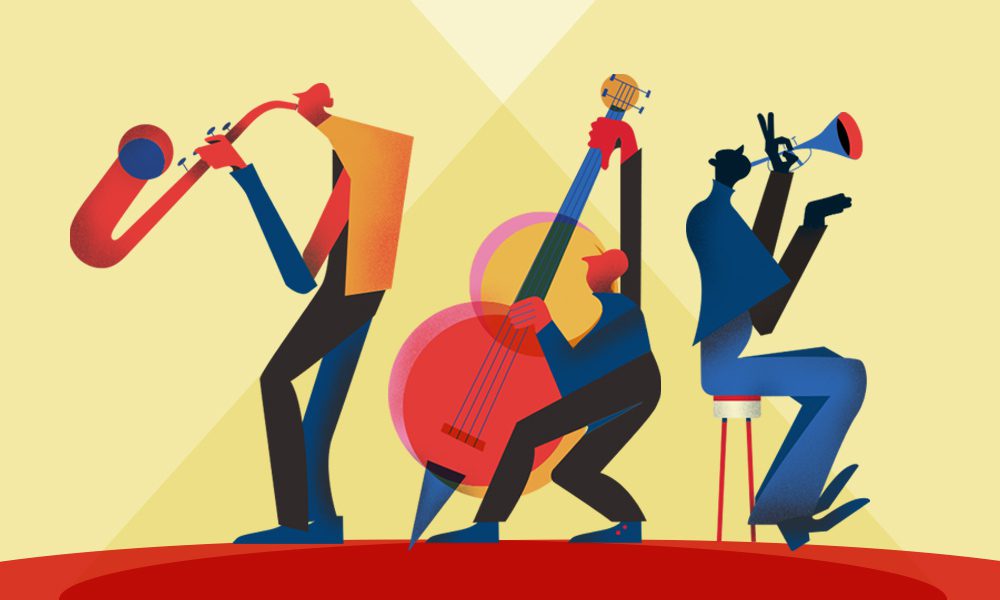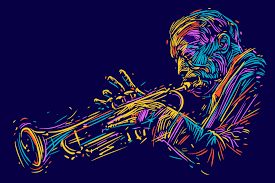Makeda Lee
In this course, I learned about many different types of jazz genres, styles and different terms associated with jazz. These terms include Neobop, Cool Jazz, Jazz Fusion, Traditional Jazz, Swing, Bebop, Hard Bop and many more. Although I knew about some of the jazz musicians, I learned more about them and how they influenced the Jazz culture. These musicians include Duke Ellington, Miles Davis, Nina Simone, Ella Fitzgerald, Mary Lou Williams and many more Jazz influencers.
Cool Jazz – The Cool Jazz era emerged during the late 1940’s in the US. This type of jazz puts emphasis on composition rather than complex and improvised solo pieces. An example of this type of jazz is Venus de Milo by Miles Davis
Traditional Jazz or ‘Trad Jazz’– Traditional Jazz emerged in New Orleans during the 1900’s. In this type of jazz, there is a handful of improv and brass instruments such as trumpets, trombones, and different variations of horns. Also, this type of jazz mimics the call and response rhythm of enslaved people in the South. An example of this type of jazz is Summertime by Louis Armstrong and Ella Fitzgerald.
Modern Jazz– Modern Jazz emerged in the mid 1920’s. In this type of jazz, there is also a lot of improv and experimentation and solo’s. Compared to Traditional Jazz, Modern jazz usually has a faster tempo and is considered harsher.
Bebop– Bebop is a type of jazz that emerged in NY in the early to mid 1940’s. Bebop consists of upbeat tempos, improvisation, chord progressions, and solo’s. There are also many key changes. The two main artists that influence this type of jazz is Dizzy Gillespie and Charlie Parker. An example of Bebop is Bloomdido by Glitzy Gillespie.
Hard Bop– Hard Bop is just an extension of Bebop. Hard Bop is generally slower that Bebop and it has more of a Blues Feel.



